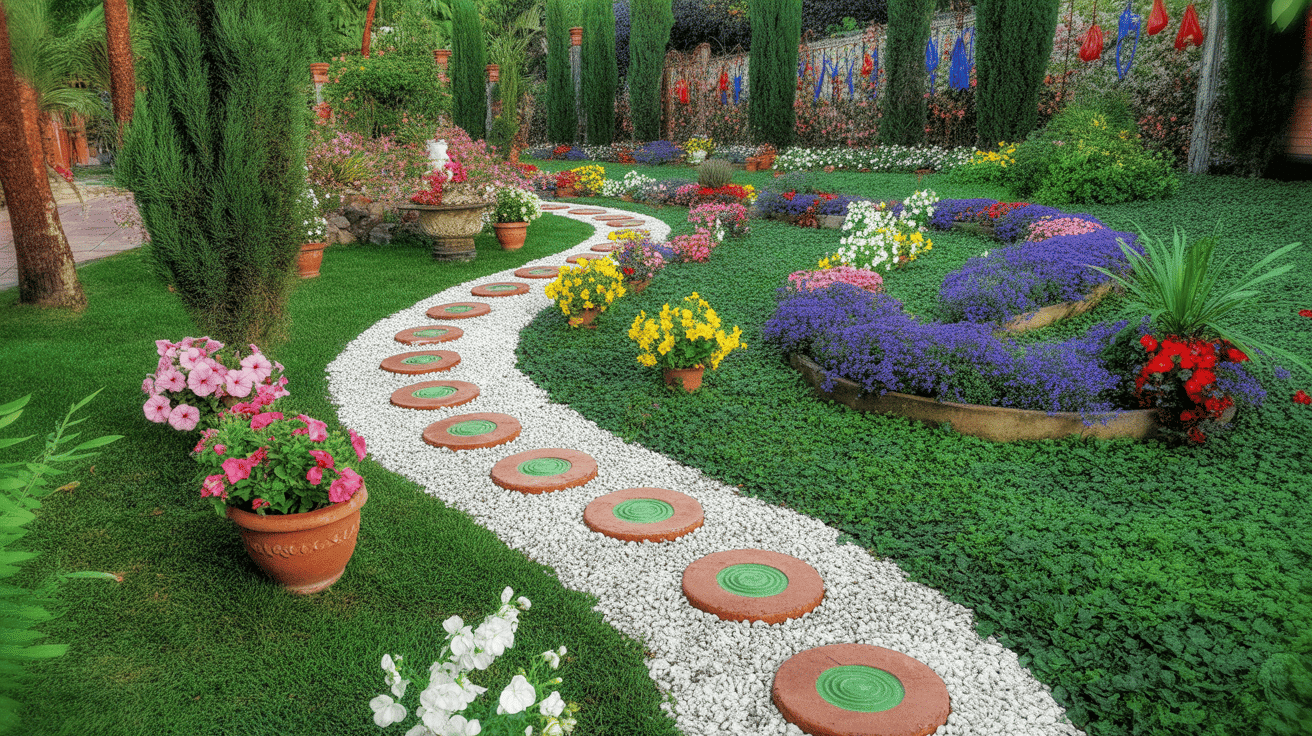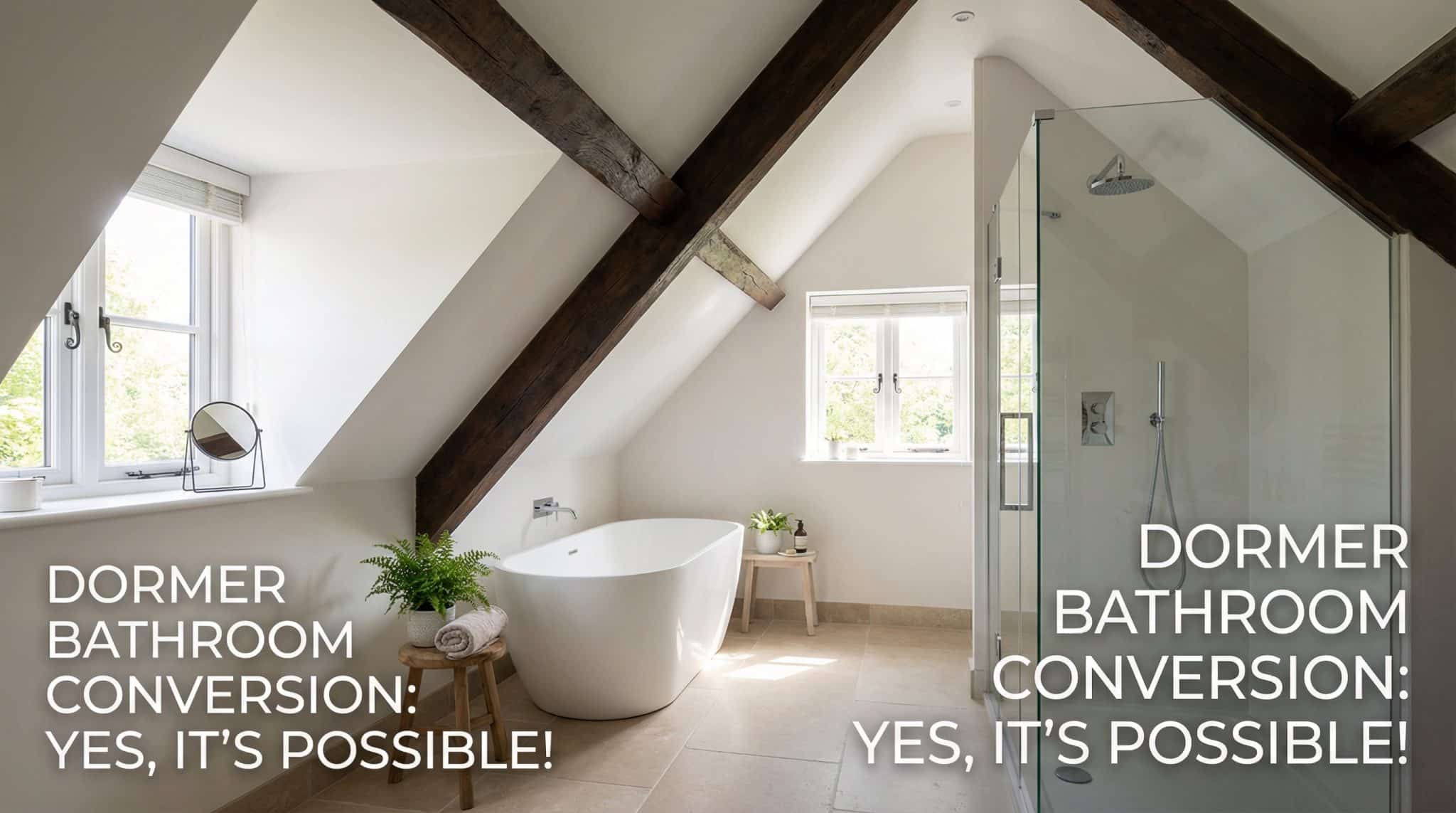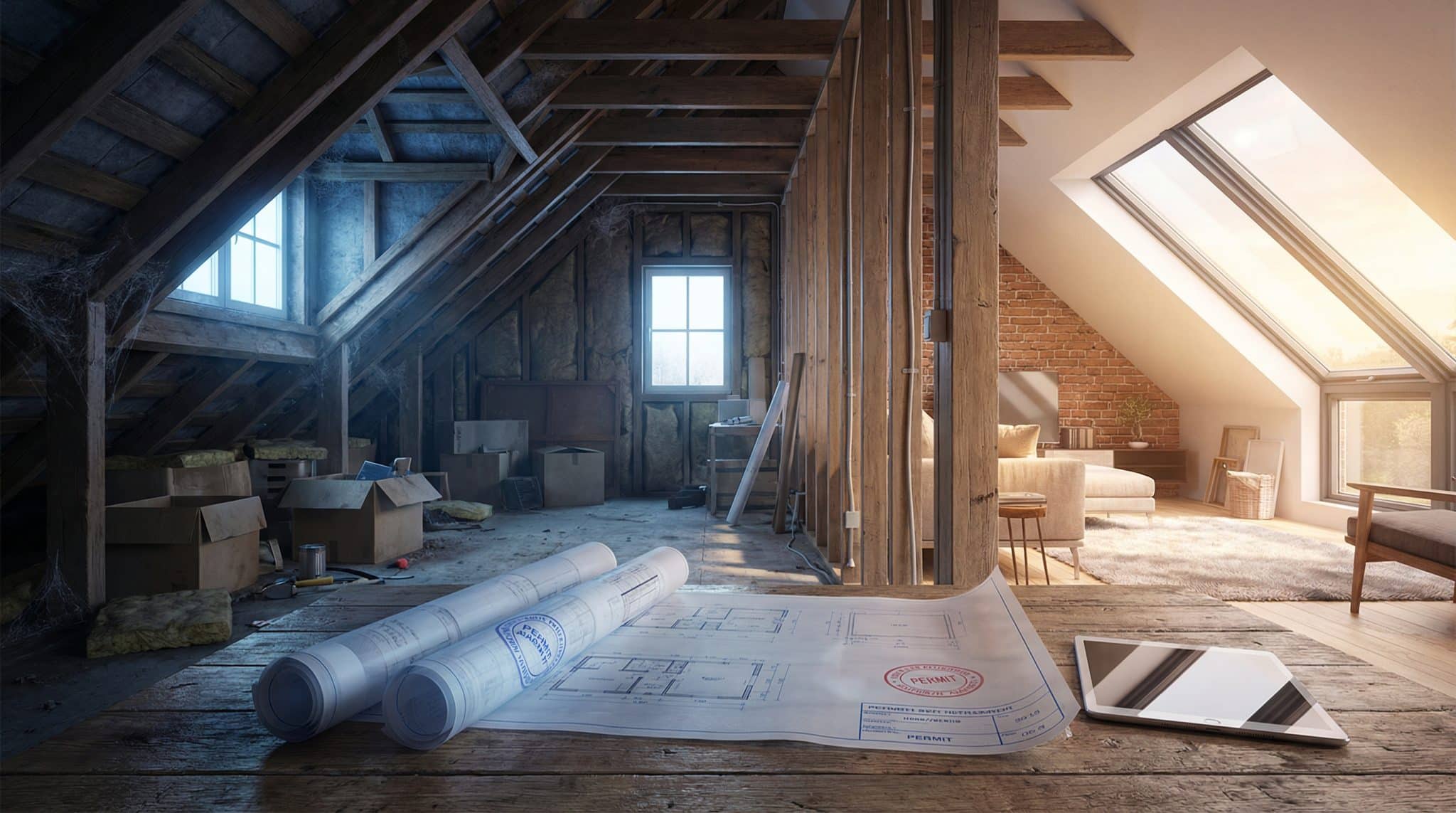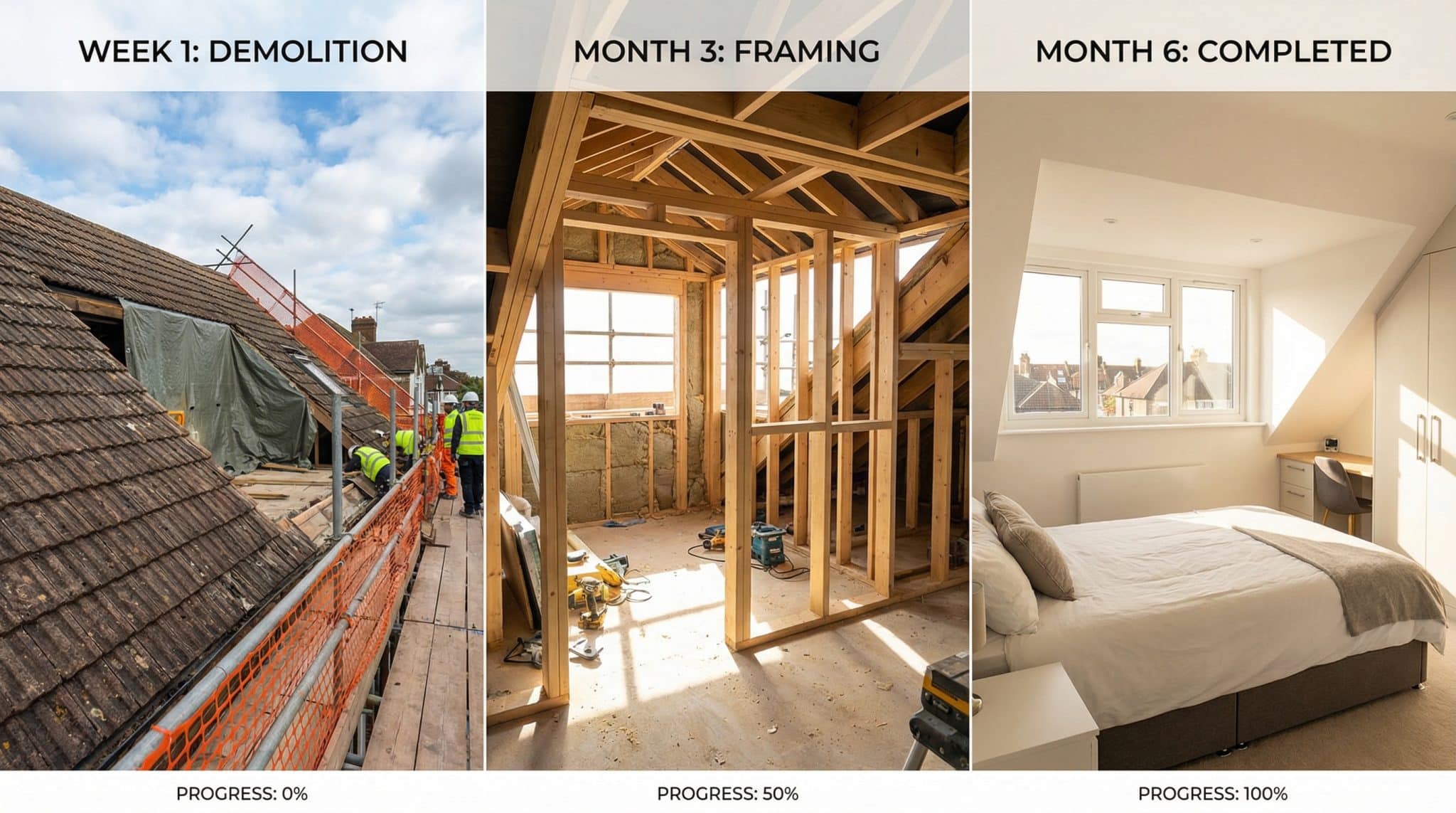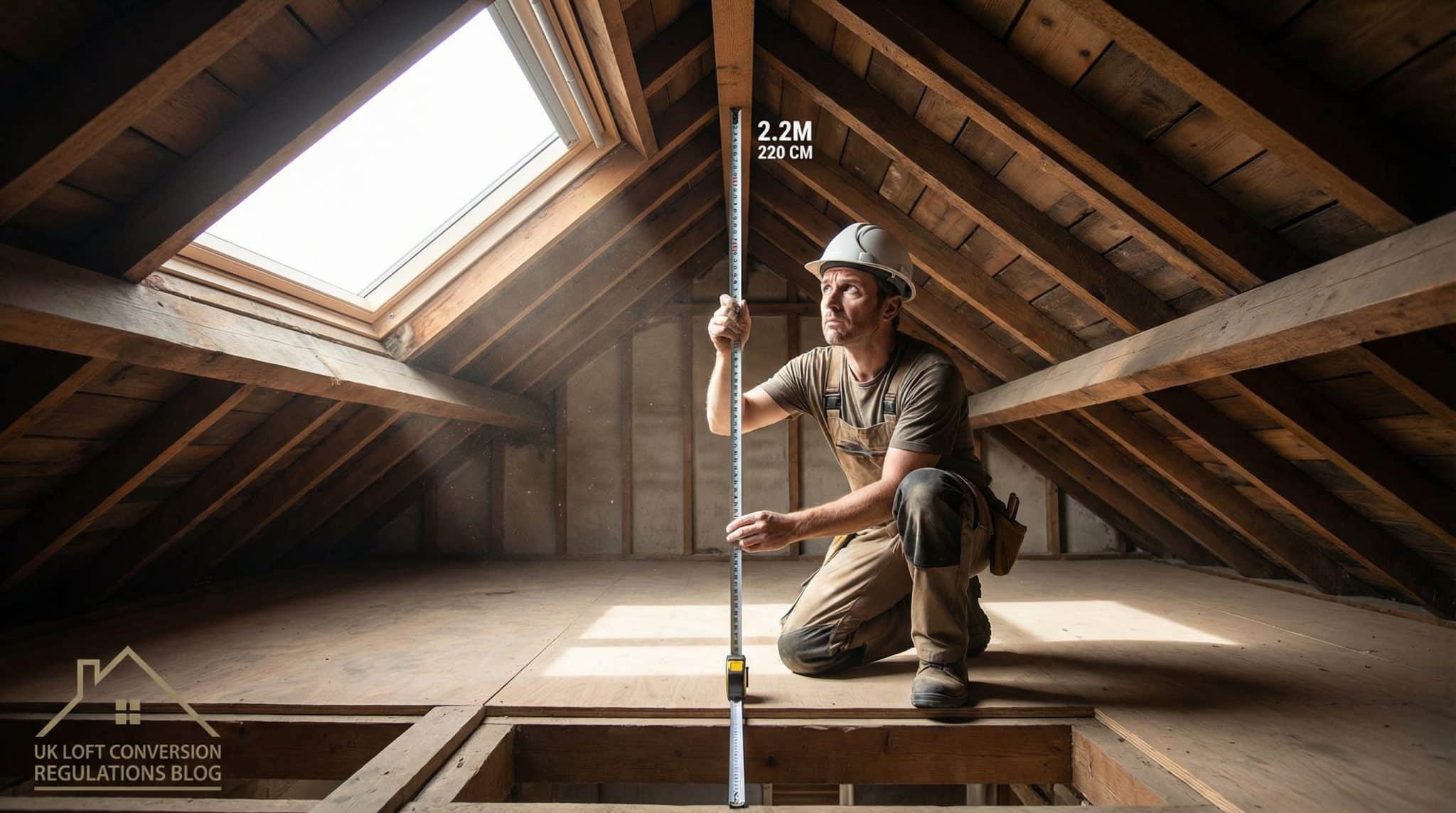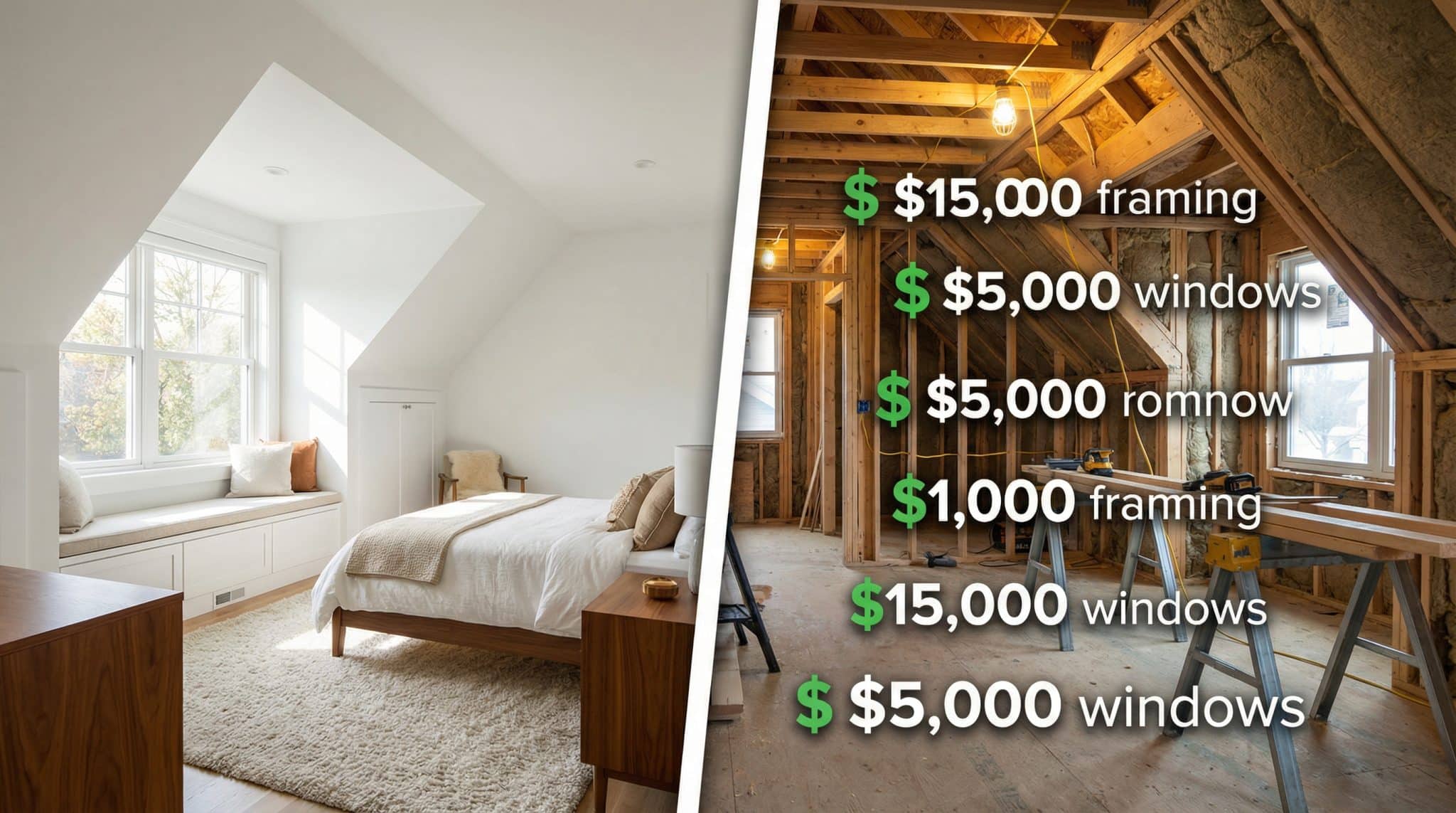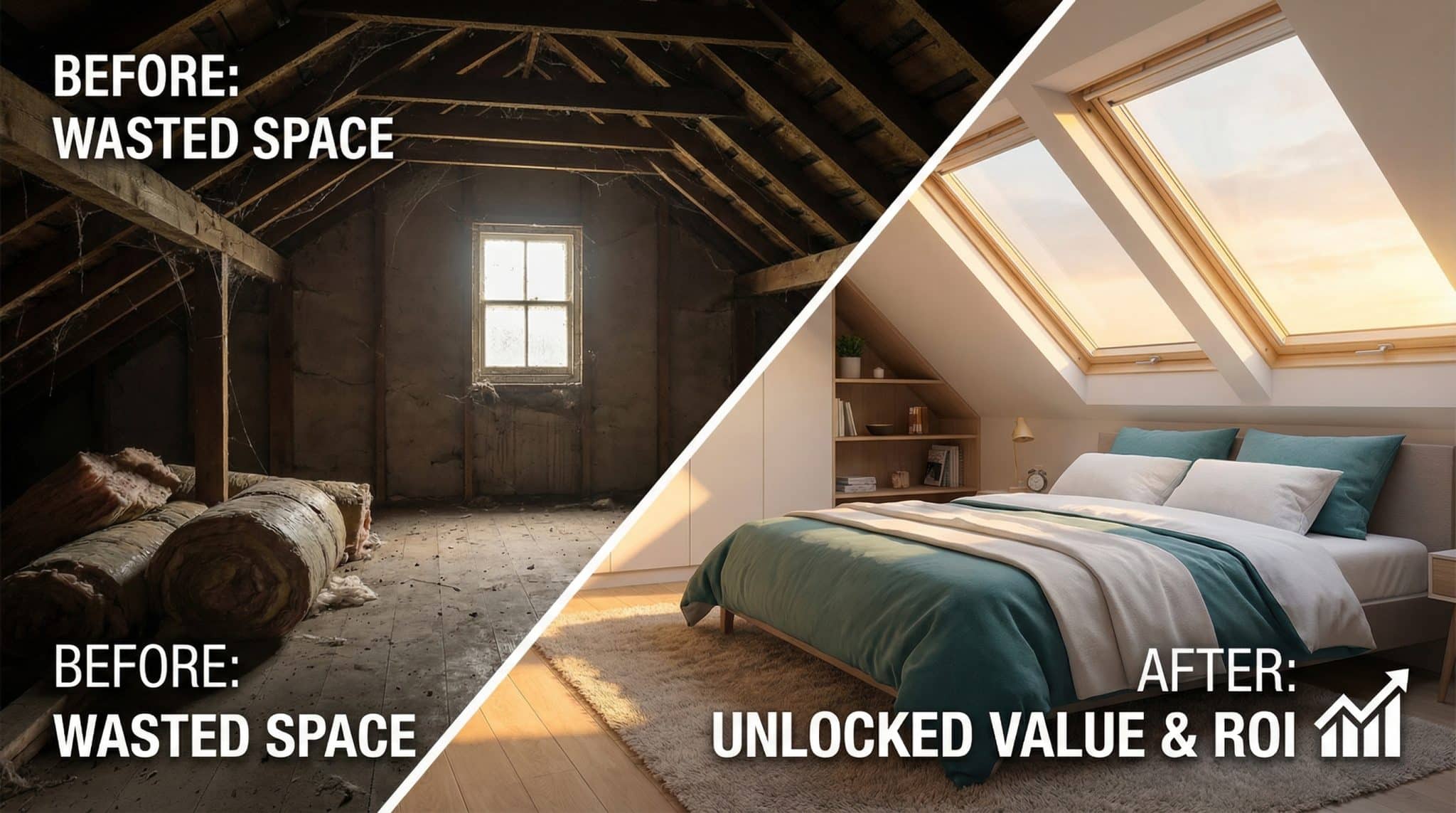I know how frustrating it feels when your garden looks pretty but doesn’t truly connect with you.
Most gardens only please the eyes, missing out on the rich experiences that come from engaging all your senses. You walk through them feeling like something important is missing.
I promise to show you how to create a garden that goes far beyond visual appeal. You’ll learn to design spaces that smell wonderful, feel interesting, sound peaceful, and even offer safe tastes.
This guide will share practical sensory garden ideas to help you build distinct zones for each sense.
I’ll walk you through seven specific concepts that turn any outdoor space into a place where you can truly relax and reconnect with nature.
What is a Sensory Garden and How to Design One?
Unlike traditional gardens that focus mainly on visual beauty, these gardens invite you to interact with plants and features through multiple senses.
Think of it as nature’s therapy room where you touch fuzzy lamb’s ear leaves, smell fragrant lavender, hear water trickling, taste fresh herbs, and watch colorful butterflies dance.
These gardens benefit everyone by creating calming, grounding experiences. Children explore textures while learning.
Seniors find comfort in familiar scents. People with sensory processing needs get gentle stimulation that soothes rather than overwhelms.
A truly effective sensory garden becomes a full-body experience that invites exploration, relaxation, and connection. Here’s how to engage each sense thoughtfully:
Smell
- Start with fragrant plants like lavender, rosemary, jasmine, and mint near entryways or seating areas
- Layer plants with different blooming times – spring hyacinths, summer roses, fall herbs
- Use scent as a mood tool – lavender calms, while citrus and mint invigorate
Sight
- Combine bold flower colors with lush greens or silver plants for contrast
- Structure with layers – vertical elements, mid-level blooms, ground covers
- Add movement with grasses or water features that catch light
- Include focal points like sculptures or bright containers
Touch
- Mix textures – soft lamb’s ear, smooth succulents, rough bark, bouncy mosses
- Design paths with pebbles or textured stepping stones
- Avoid thorny plants in high-touch areas for safety
- Use raised beds at accessible heights
Taste
- Choose safe edibles like strawberries, snap peas, basil, cherry tomatoes, and mint
- Use raised beds or containers for easy access
- Label everything clearly and grow organically
- Try edible flowers like calendula for color and taste
Sound
- Plant grasses, bamboo, or bird-attracting plants for natural sounds
- Add water features like fountains for soothing background noise
- Include bird feeders and pollinator-friendly plants
- Consider wind chimes for musical interest
Apprehending these five sensory elements gives you the foundation for your garden. However, the key to preventing sensory overload lies in how you organize these experiences throughout your space.
Design Distinct Zones for Each Sense
Creating dedicated zones prevents sensory overload and makes each experience more immersive.
When you separate different sensory areas, visitors can focus on one type of stimulation at a time while moving intentionally through your space. Here’s how to plan your space effectively:
- Separate sensory areas – Visitors can focus on one type of stimulation at a time while moving intentionally through your space
- Use clear pathways and natural dividers – Trellises, hedges, and visual cues help people understand where one area ends and another begins
- Make zones accessible – Wide, smooth paths work for all abilities. Circular layouts like keyhole or loop designs offer easy movement and sensory flow
- Add subtle transitions – Step from gravel to grass or pass under an archway to move between spaces without jarring shifts
- Balance energy levels – Keep high-energy zones like sound or taste areas away from calm spaces designed for touch or smell.
7 Inspiring Ideas for Your Sensory Garden
Ready to put these sensory garden ideas into action? Here are seven specific concepts that combine multiple senses into focused, manageable projects you can build in any outdoor space.
1. Keyhole Garden with Edibles and Fragrant Herbs
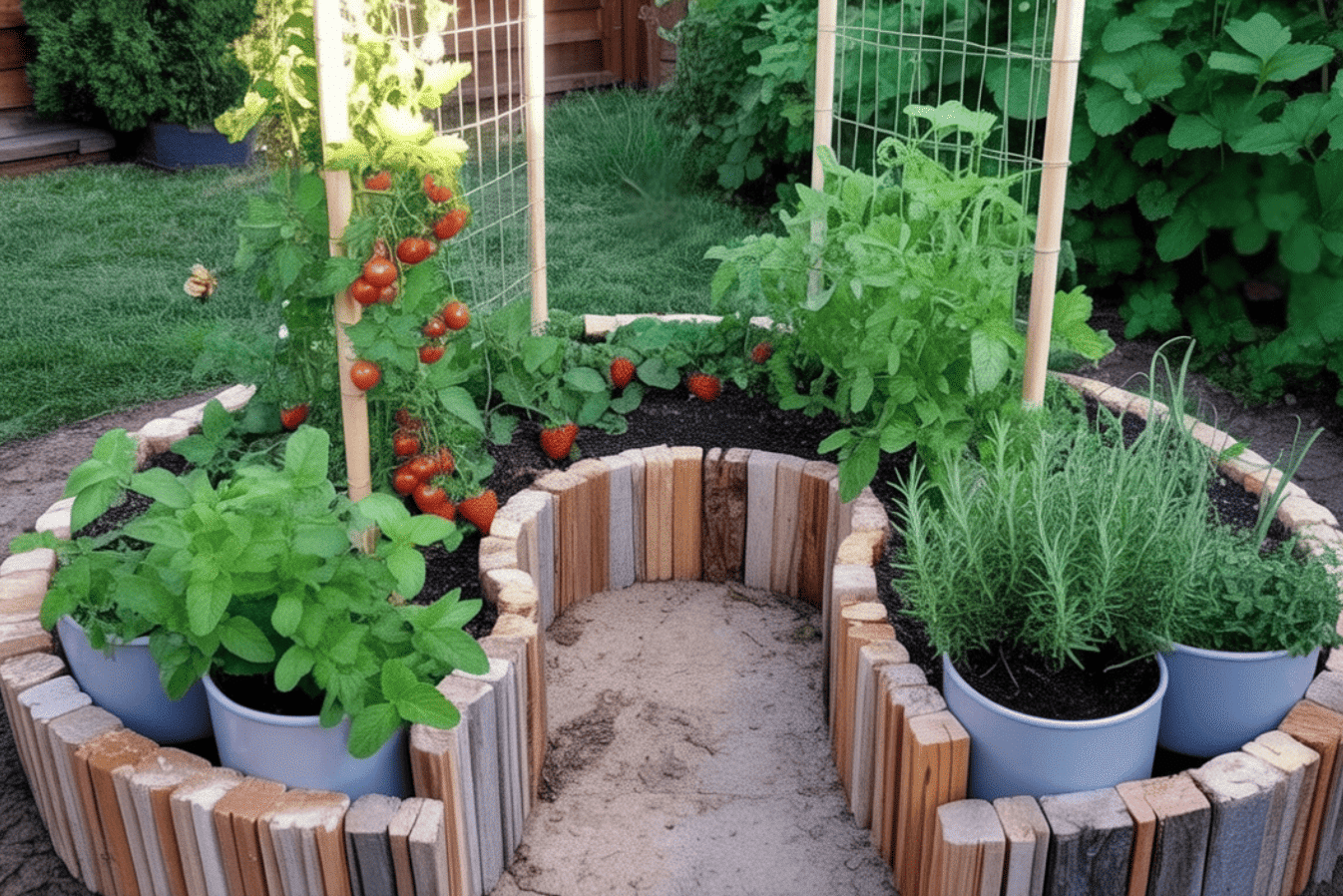
Create a circular raised bed with a path leading to the center. Plant easy edibles like cherry tomatoes, strawberries, and snap peas around fragrant herbs like basil, mint, and rosemary.
This design lets you smell, taste, and touch plants while the circular shape makes everything accessible from the central path.
Pro Tip: Place mint in containers within the bed to prevent it from taking over other plants. The containers can be buried flush with the soil for a seamless look.
2. Tactile Wall with Different Textures
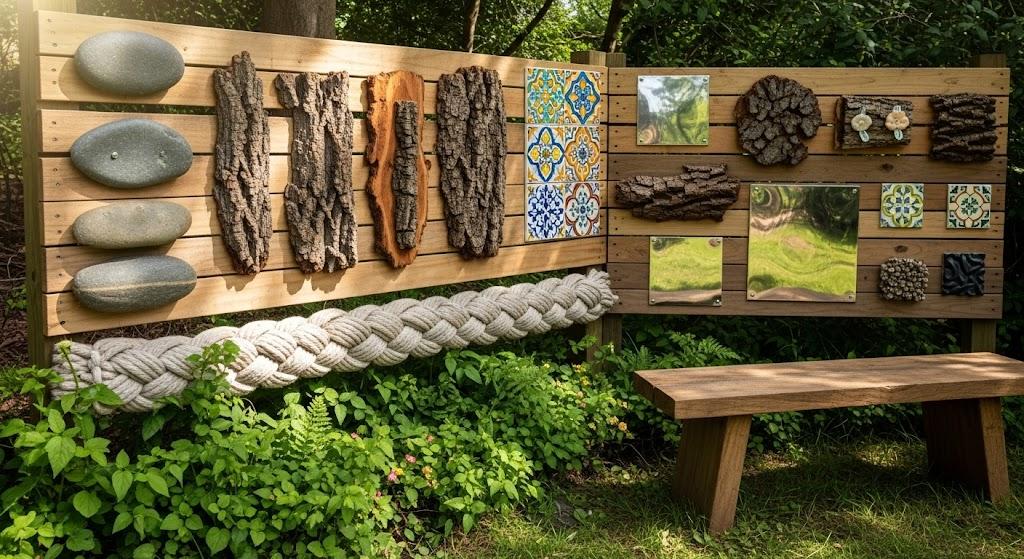
Build or repurpose a fence section into a texture exploration wall. Attach different materials like smooth river rocks, rough bark pieces, soft rope, ceramic tiles, and metal elements at various heights.
This hands-on feature works especially well for children and provides focused touch experiences.
Pro Tip: Include at least one temperature-contrast element like metal that feels cool to touch, and position materials at different heights so both children and adults can comfortably explore.
3. Butterfly Patch and Bird Feeder Corner
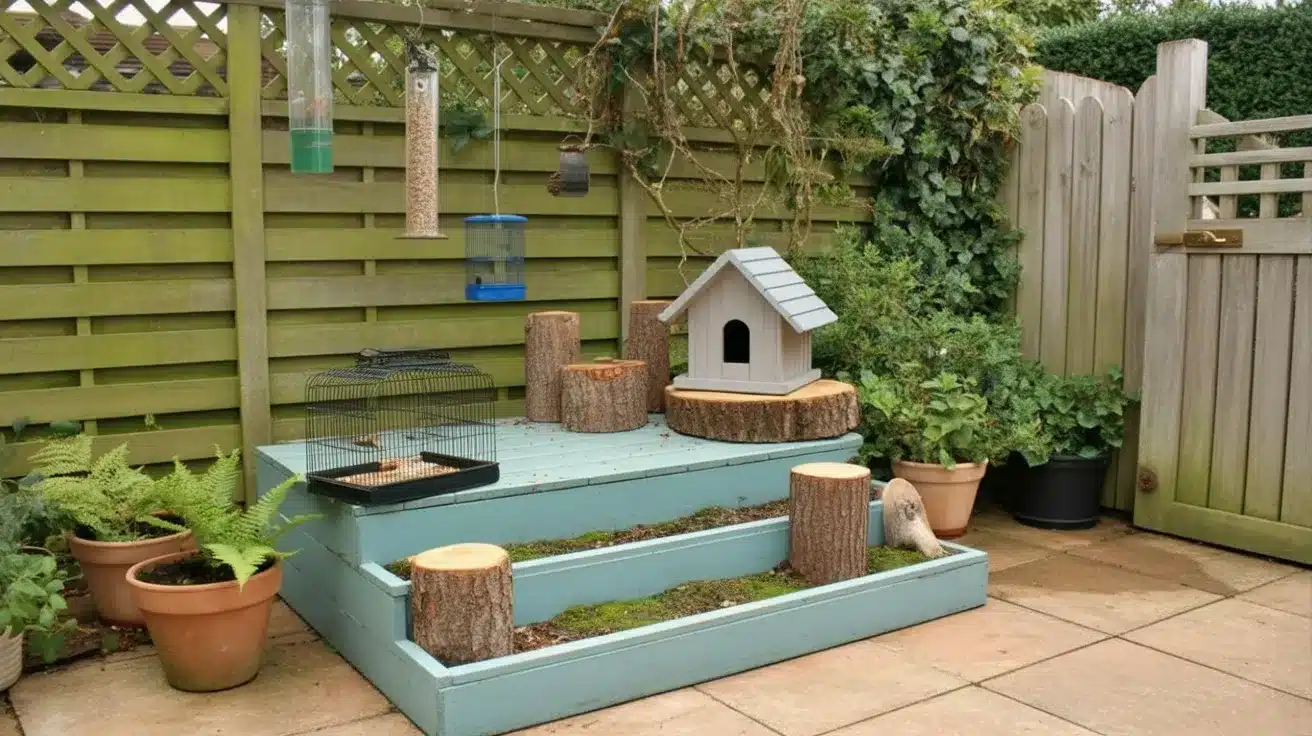
Combine colorful, nectar-rich flowers like zinnias, marigolds, and lavender with strategically placed bird feeders and water sources.
This area engages sight through vibrant colors and movement, sound through bird songs, and smell through flower fragrances. The wildlife activity creates constant visual interest.
Pro Tip: Plant flowers in groups of three or five rather than single specimens. Clusters attract more butterflies and create stronger visual impact from a distance.
4. Interactive Water Wall
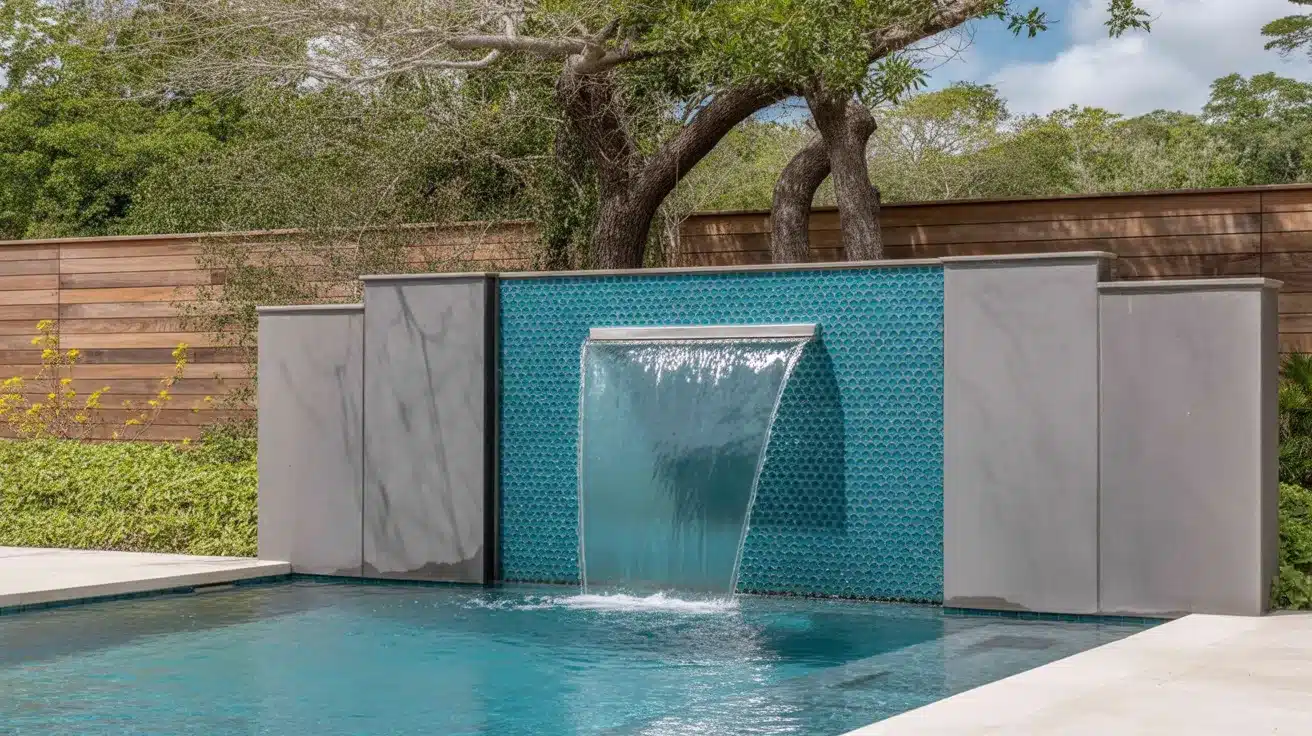
Install a simple water feature where water trickles down textured surfaces like stone, bamboo, or metal. The sound masks neighborhood noise while the movement catches light and creates visual appeal.
Position it where people can safely touch the water flow for a cooling tactile experience.
Pro Tip: Use a recirculating pump system to conserve water, and add aquatic plants like water hyacinth to naturally filter and clean the water while adding visual interest.
5. Musical Garden Path with Chimes
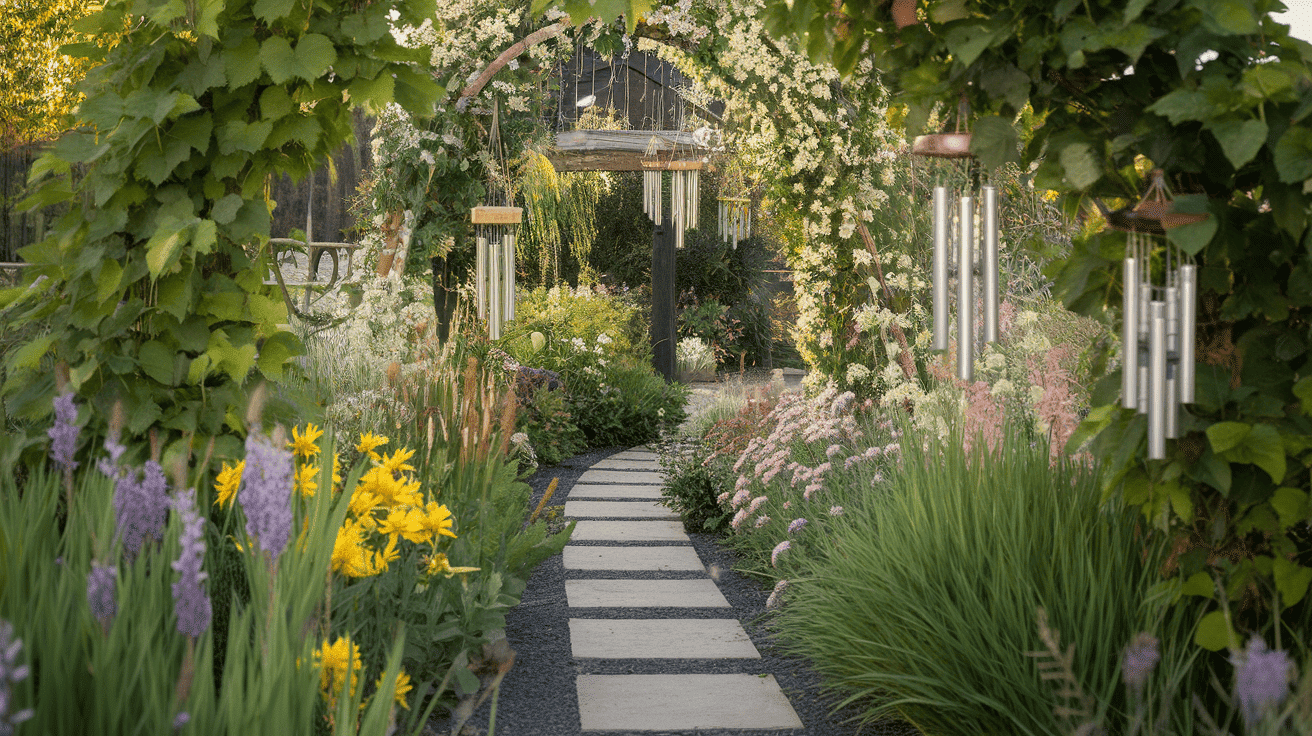
Line a pathway with wind chimes of different materials and tones, plus small bamboo water features that flows through the path.
Use ornamental grasses along the edges that rustle in breezes. This creates an audio experience that changes with weather and seasons.
Pro Tip: Space sound elements at least 10 feet apart to prevent noise overlap, and choose chimes with different tones so each section of your path has its own musical signature.
6. Color-Themed Flower Beds
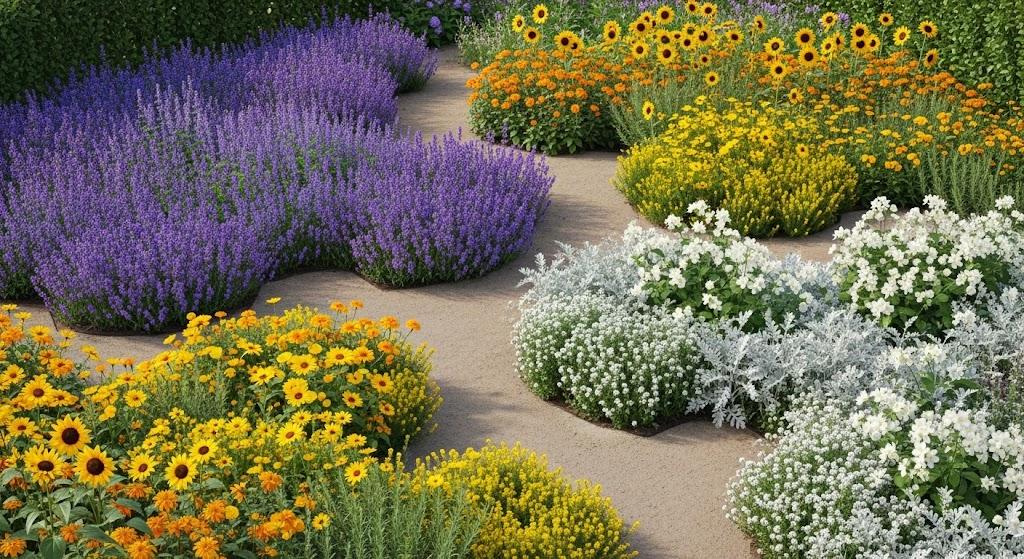
Design separate beds around specific colors that evoke different moods. A purple zone with lavender, salvia, and catmint promotes calm.
A yellow area with sunflowers, marigolds, and golden herbs energizes. A white section with jasmine, sweet alyssum, and silver foliage creates peaceful evening spaces.
Pro Tip: Include plants with different bloom times within each color zone to maintain the theme throughout the growing season. Early, mid, and late-season bloomers keep the color story consistent.
7. Scented Tunnel with Climbing Jasmine and Honeysuckle
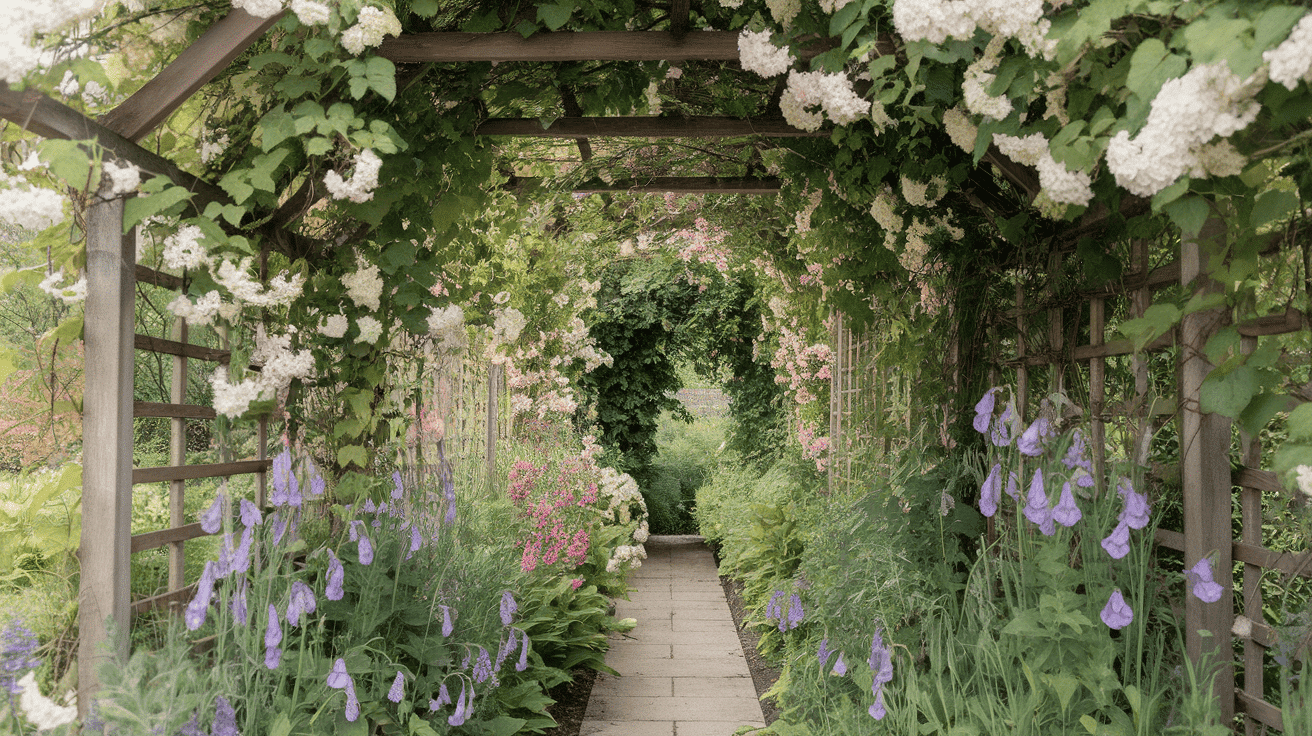
Build a simple arbor or trellis tunnel using climbing plants with powerful fragrances. Jasmine and honeysuckle work well in most climates.
As you walk through, the enclosed space concentrates the scents while creating a sense of transition between garden areas. The overhead canopy provides cooling shade and visual interest.
Pro Tip: Plant fast-growing annual vines like sweet peas or morning glories alongside your permanent climbers for immediate coverage while the perennial plants establish themselves.
Conclusion
Your sensory garden ideas don’t have to be complex to be effective. Start with one simple project – maybe a keyhole herb garden or tactile wall – and build from there.
Each sensory element you add creates deeper connections with your outdoor space.
These gardens matter because they offer something our busy lives often lack: moments of genuine calm and wonder.
When you engage all five senses, you create experiences that stay with you long after you head back indoors.
Choose the idea that excites you most and begin this weekend. Your future self will thank you for creating a space where stress melts away and nature feels within reach.
What sensory element will you try first? Browse more easy ways to style and refresh your space.
Frequently Asked Questions
What is a Zen Garden for Kids?
A zen garden for kids is a simple sand or gravel space with rocks and tools for raking patterns. It helps children practice focus, calm emotions, and explore textures through mindful play.
How to Make the Backyard for Sensory Experience for Autistic Children?
Create quiet zones with soft textures, avoid overwhelming scents, use contained water features, add fidget-friendly plants like lamb’s ear, and include safe hiding spots for when children need breaks.
What Are Good Sensory Items for Autism?
Textured plants like moss and succulents, smooth river rocks, soft sand areas, gentle water features, wind chimes with calming tones, and aromatic herbs like lavender or mint work well.
